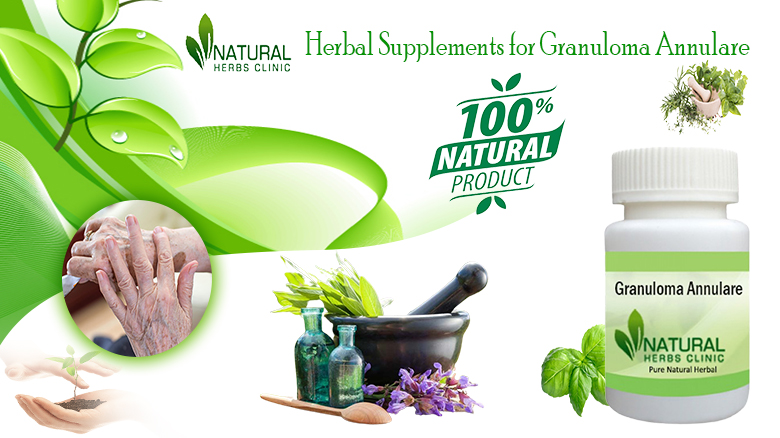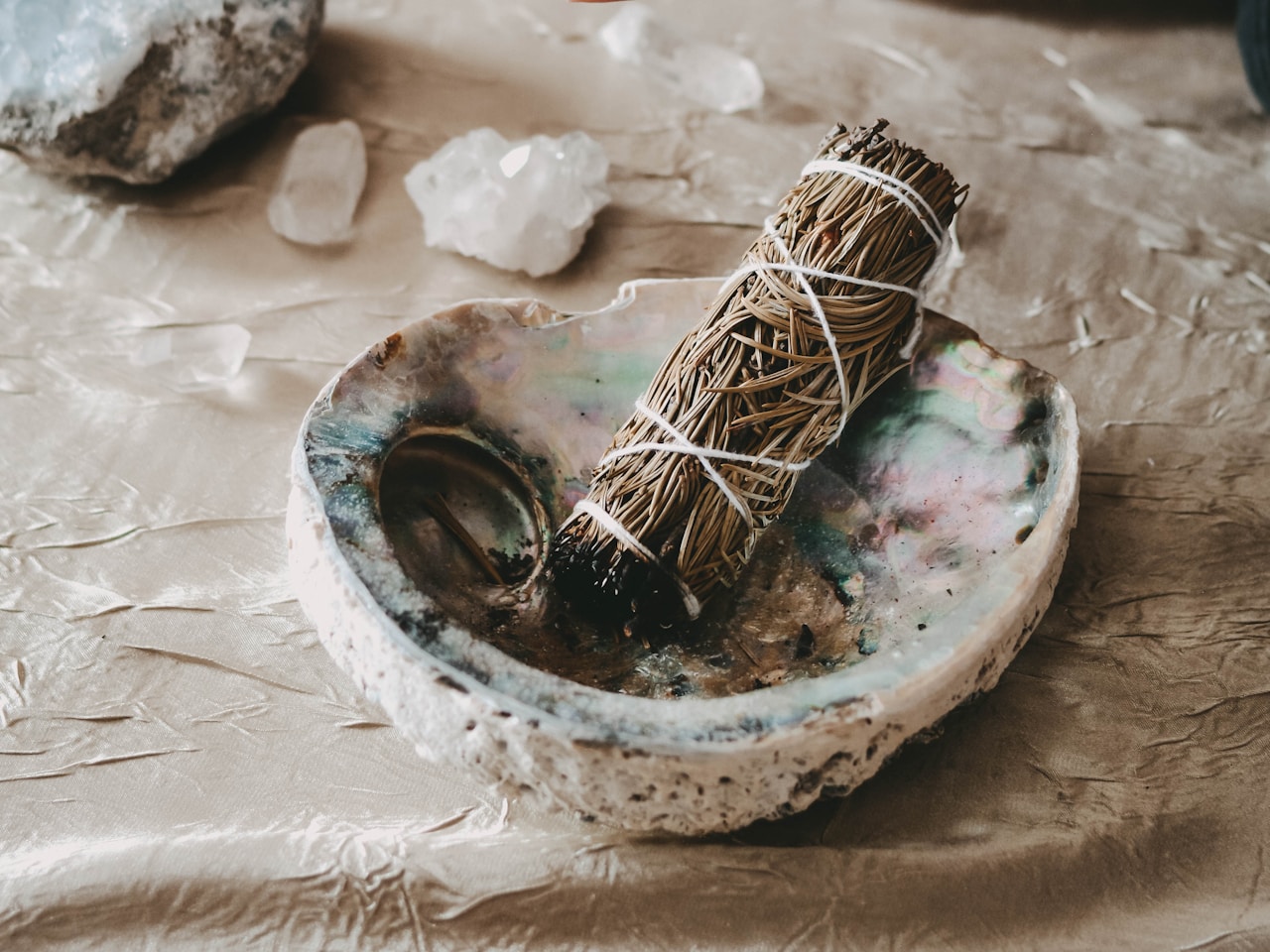Granuloma annulare is a chronic skin condition that forms circular, raised patches or bumps on the skin. Although it’s typically harmless, the visible rash and discoloration it causes can be a cosmetic concern for many people. While traditional medical treatments exist, some individuals seek natural and home remedies for managing granuloma annulare symptoms. Some easy-to-implement home remedies that can offer relief and improve skin appearance for those with this condition.
What is Granuloma Annulare?
Granuloma annulare is an inflammatory skin disorder often characterized by ring-shaped, raised, reddish bumps that can appear anywhere on the body, commonly on the hands, feet, elbows, and knees. While the exact cause of granuloma annulare is unknown, it’s believed to be associated with immune system dysfunction. In some cases, granuloma annulare can go away on its own, but for others, it may persist for months or even years.
Effective Home Remedies for Granuloma Annulare
While there’s no definitive cure for granuloma annulare, certain home remedies and lifestyle changes may help alleviate symptoms and speed up recovery. Let’s look at some of the most popular natural remedies for managing this skin condition.
1. Aloe Vera Gel
Aloe vera gel is a widely used home remedy due to its anti-inflammatory and moisturizing properties. Applying fresh aloe vera gel to the affected areas can help reduce inflammation and promote skin healing.
How to Use:
- Extract fresh gel from an aloe vera leaf.
- Apply it directly to the granuloma annulare patches.
- Leave it on for 20-30 minutes, then rinse with warm water.
- Repeat twice daily for best results.
2. Apple Cider Vinegar
Apple cider vinegar (ACV) is known for its antibacterial and antifungal properties, making it a popular choice for various skin conditions. For granuloma annulare, it may help reduce inflammation and minimize the appearance of the lesions.
How to Use:
- Dilute one part ACV with two parts water.
- Soak a cotton ball in the mixture and apply it to the affected areas.
- Leave it on for 10-15 minutes before rinsing with water.
- Apply once daily to see improvements.
3. Coconut Oil
Coconut oil has natural anti-inflammatory and antimicrobial properties, which can help soothe irritated skin. Regular application may provide relief from itching and discomfort associated with granuloma annulare.
How to Use:
- Gently massage a small amount of coconut oil onto the affected areas.
- Leave it on and reapply as needed throughout the day.
- This can be used as a daily moisturizer to keep skin hydrated and promote healing.
4. Turmeric Paste
Turmeric contains curcumin, a powerful anti-inflammatory compound that may benefit those with Supplements for Granuloma Annulare. Applying a turmeric paste to the affected areas can help reduce inflammation and improve skin tone over time.
How to Use:
- Mix turmeric powder with water or coconut oil to form a paste.
- Apply the paste to the affected areas and leave it on for 15-20 minutes.
- Rinse thoroughly with warm water.
- Repeat daily for best results.
5. Essential Oils
Essential oils like tea tree oil, lavender oil, and chamomile oil possess anti-inflammatory and antimicrobial properties. These oils may help reduce the appearance of granuloma annulare lesions while also soothing irritated skin.
How to Use:
- Dilute 2-3 drops of your chosen essential oil in a carrier oil (such as coconut or olive oil).
- Apply the mixture to the affected area and gently massage.
- Perform a patch test before use to check for skin sensitivity.
- Apply twice daily for optimal results.
6. Oatmeal Baths
Oatmeal is widely used in skincare due to its soothing properties. An oatmeal bath can help reduce itchiness and inflammation associated with granuloma annulare.
How to Use:
- Add one cup of finely ground oatmeal to a warm bath.
- Soak for 15-20 minutes, allowing the oatmeal to calm irritated skin.
- Rinse and pat dry with a towel.
- Enjoy oatmeal baths 2-3 times a week for relief.
7. Vitamin E Oil
Vitamin E oil is a powerful antioxidant that promotes skin healing and regeneration. Applying vitamin E oil directly to granuloma annulare lesions may help reduce scarring and improve the skin’s overall appearance.
How to Use:
- Apply a few drops of vitamin E oil directly to the affected areas.
- Massage gently and leave it on without rinsing.
- Repeat once daily for best results.
Lifestyle Changes to Support Skin Health
In addition to topical Best Treatment for Granuloma Annulare, certain lifestyle changes may help improve overall skin health and reduce the severity of granuloma annulare symptoms.
- Stay Hydrated: Drinking plenty of water daily helps maintain skin hydration, promoting faster healing and better skin elasticity.
- Healthy Diet: Incorporating anti-inflammatory foods such as fruits, vegetables, and omega-3-rich foods (like fish and flaxseed) may support immune function and reduce inflammation.
- Stress Management: High-stress levels can worsen autoimmune and inflammatory skin conditions. Practicing mindfulness, yoga, and other relaxation techniques may help keep stress in check.
- Limit Sun Exposure: Excessive sun exposure can aggravate skin conditions. Use sunscreen and protective clothing when outdoors.
When to See a Doctor
Home remedies may be helpful for managing mild symptoms, but granuloma annulare can sometimes require professional medical intervention. If your symptoms persist, worsen, or cause discomfort, consult a dermatologist for further evaluation and treatment options.
Final Thoughts
Although granuloma annulare can be a persistent skin condition, natural remedies and lifestyle changes may provide relief and improve the appearance of affected skin. By regularly applying remedies like aloe vera, coconut oil, and essential oils, and adopting supportive lifestyle practices, you can potentially manage this condition effectively. Remember, however, that individual results vary, so be patient and consult a healthcare professional if needed.



